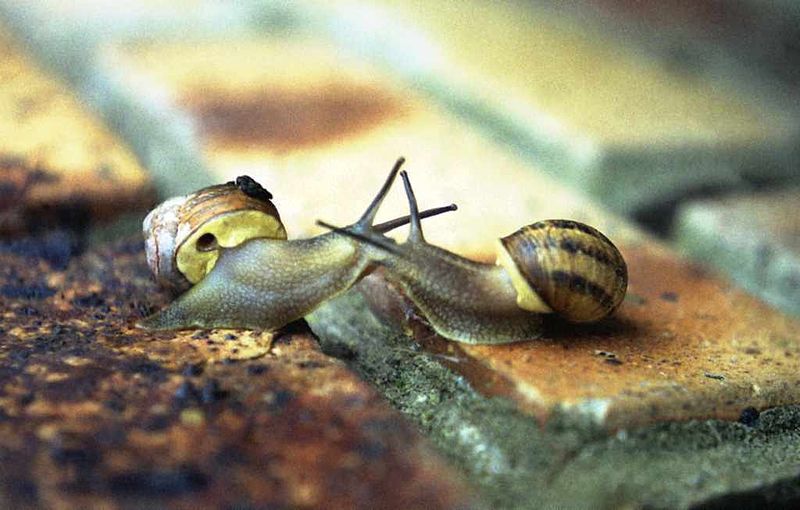Reproduction
Millerelix peregrina has a fairly simple reproductive lifecycle. They are oviparous, which means they lay eggs (Pilsbry, 1940). In lieu of that, their development is direct, meaning that once they lay eggs they will hatch into young adults, or juveniles; there is no larval stage (Hickman et al., 2012). Also, Millerelix peregrina are monoecious, which means that they possess both male and female reproductive organs (Pilsbry, 1940). Though hermaphroditic and able to self fertilize, most species tend to cross fertilize with snails of the same species (Hickman et al., 2012).
If you would like to learn about some interactions that Millerelix peregrina have with other species, as well as some general information about the impact snails have on other organisms, click here!
back to Home Page
